UNIVERSITY OF PORTSMOUTH UNIVERSITY OF PORTSMOUTH UNIVERSITY OF PORTSMOUTH
BA(HONS) INTERIOR ARCHITECTURE & DESIGN
BA(HONS) INTERIOR ARCHITECTURE & DESIGN
BA(HONS) INTERIOR ARCHITECTURE & DESIGN

VERENA, LEUNG YUEN CHING VERENA, LEUNG YUEN CHING VERENA, LEUNG YUEN CHING


REFLECTIVE JOURNAL
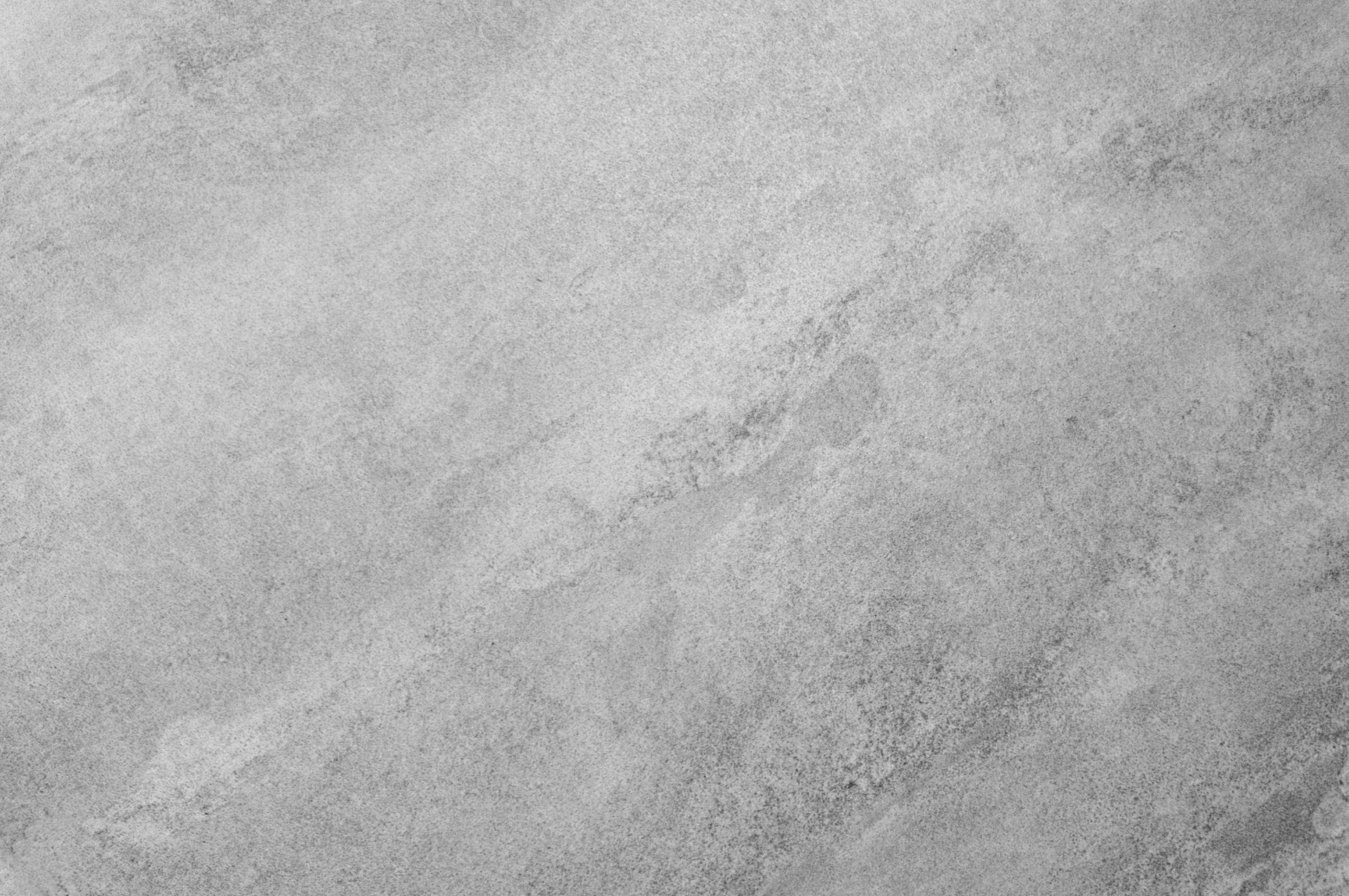


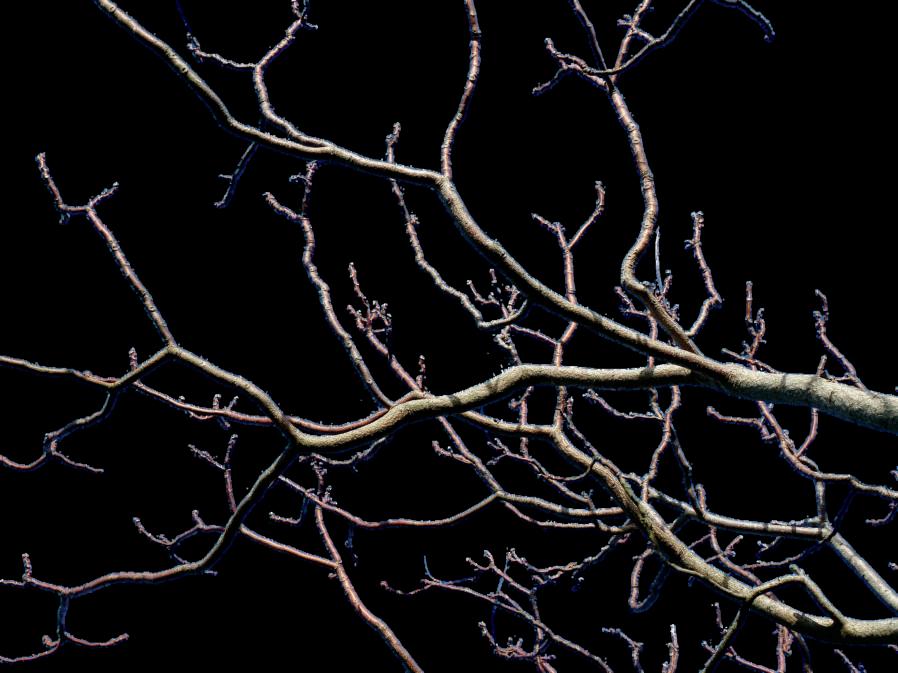

TABLE OF CONTENTS oncept of project 01 C hoto of model 05 xploration and analysis 02 E earn from experiment 03 L pecifications of material 04 S P
CONCEPT OF PROJECT CHAMPAGNE COURT
SELF HEALING CENTER


The project is about creating an immersive experience space tha allows people to realize and heal their trauma.
The process of seed growth is used as a metaphor for partic to learn to love themselves, understand their own feelings, a break through the long-troubled emotional depression after participating in the experience center.
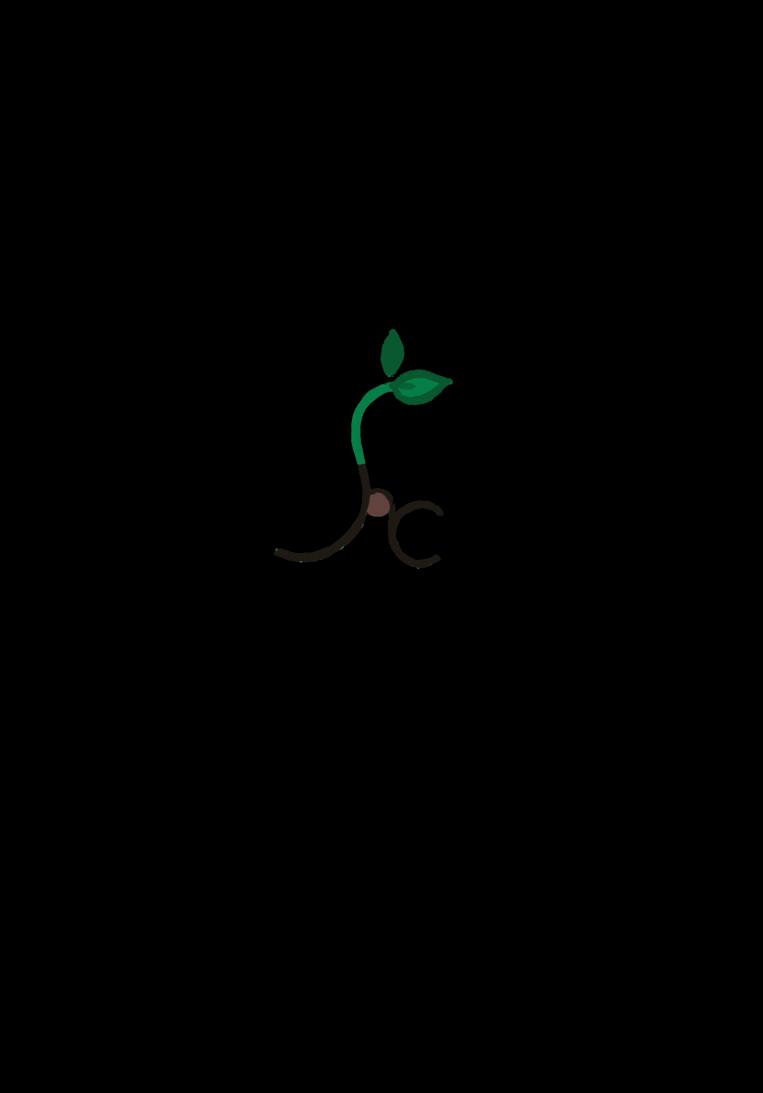

MATERIAL PRODUCTION




Natural materials have a de-stressing effect on people. To create a relaxing environment, plants, wood and stone are important, because they have a natural atmosphere and make people feel calm. Therefore, in my design, wood and stone will be the main material as they are durable and proven to reduce stress.
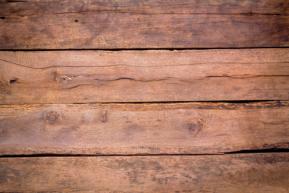

PROJECT SITE:

Champagne Court is an old-style commercial and residential building, the internal activation can create a sense of contrast, make people feel refreshing, and inject new energy into the building. On the other hand, to create a harmonious environment where people enjoy gatherings, and in the choice of materials The old and the new are intersected on the top, retaining the architectural features and adding new materials.
In Asian society, we are always taught to suppress our emotions in order to conform to the value of "peace is most important". However, growing up in such an environment can cause many physical and mental problems in adulthood. However, humans are born with the ability to self-regulate, grow and recover. After transitioning from stress, people can rebuild their physical and mental health. The concept of this space is to focus on the healing environment and how it affects us, creating an atmosphere of calm and healing. Provide an open, healing and caring environment for everyone.
H E A L ING
No.16-20KimberleyRoadandNo.40-46CarnarvonRoad,TsimShaTsui
On the psychologically, people's trauma is not dealt with immediately which will cause emotional distress, make people stuck in past and unable to start a new life. All this, we call it old life. People trapped in the trauma of the past.

After experiencing healing, people understand how to deal with trauma, and have the power to walk out of a past life and start a new journey, like reborn.
MATERIAL



I want to use the old method combine raw materials with artificial materials to form new materials.

Using old synthetic methods to create new material represents people finding a new way out of the old life.
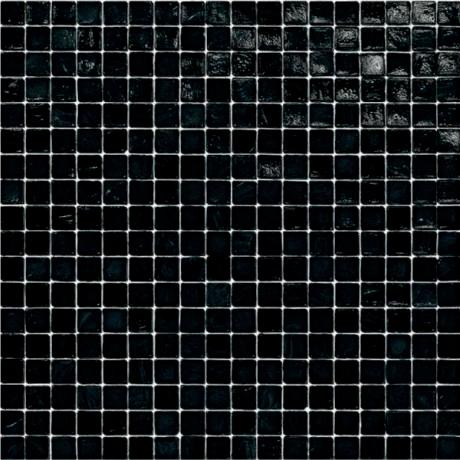
PSYCHOLOGICAL NATURAL
Raw materials represent nature, pure, and the essence of human beings; while artificial materials represent the pressure of people affected by the outside world.



The composite material created represents people's ability to relax and heal themselves amidst stress.

MATERIAL
WOOD STONE MOSAIC CERAMIC TILE CEMENT Raw Material Old methods New Material Artificial Material Healing New Life Trauma Human's Essence Material: Psychological:
SITE EXISTING MATERIALS
Concept
ocialS
Tsim Sha Tsui gathers people from various areas because of its commercial value and convenient transportation. Different people can be represented by different colors or materials. Tsim Sha Tsui is a place that connects people.
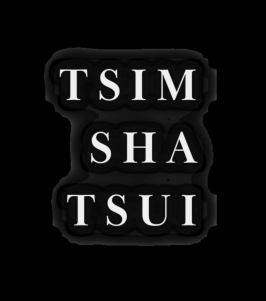

sychologicalP

People always have a variety of emotions, feelings, thoughts. Happiness, sadness, pain, jealousy, etc. If these emotions are expressed concretely, they should have different shapes, sizes and colors.
heoreticalT Sustainable Floor
Among all the flooring systems in the market today, terrazzo flooring is regarded as one of the most sustainable and environment-friendly. This is due to how the terrazzo material is made and the components that make it up. The use of post-consumer composites makes terrazzo eco-friendly because nothing is wasted. Every scrapped material is processed and added into the mix to create uniquely designed patterns and colours. This uniqueness is also what makes terrazzo one of the most design-flexible flooring materials available to builders and designers.
Terrazzo is one of the most durable flooring materials available today. Once sealed properly, the material is impervious to water and stain damage. It also does not chip away like other materials. With the increase in popularity of this material, architects turn to terrazzo. Terrazzo can withstand high traffic areas, which makes it a chosen product in commercial buildings. Even if terrazzo is worn down over the years, it can be re-finished and polished to look as good as new.
I think of terrazzo. Terrazzo uses different stones, glass, and cement to form new materials. The diversity of terrazzo materials is just like the tolerance shown in Tsim Sha Tsui. This place with multiculturalism accommodates people from different backgrounds.
Each terrazzo can also represent an independent person with a variety of thinking. Use different sizes and qualities of content to express people's mind.



Historical
The origins of terrazzo can trace their roots across the globe and as far back as ancient Egypt, but modern-day terrazzo that we use today began its story around 500 years ago in Venice, Italy. Venetian artisans of the time began to take the discarded chips from marble slabs and imbed them into concrete mixtures. They would then grind down the surface for their own terraces and other living spaces – hence the term, “terrazzo” – which is the Italian term for “terrace”. The techniques for grinding down the surface and sealing began to improve over time and terrazzo became an Italian staple of decorative and durable surfacing, as you can see in Italian architectural masterpieces like St. Peter’s Basilica. While many people look up at Michelangelo’s iconic ceiling murals at St. Peter’s, let’s not forget that he also selected terrazzo flooring for when you look down.

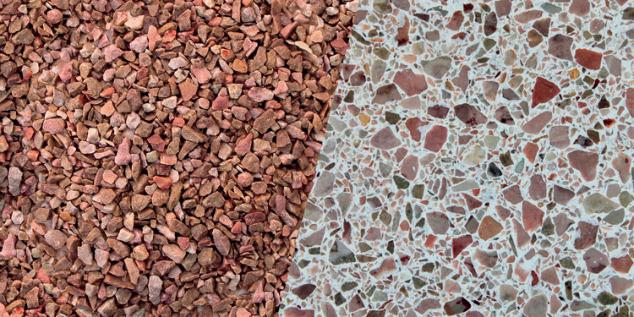

Terrazzo is a decorative finish commonly used on floors, walls, stairs, countertops, and other surfaces consisting of durable material chips that is mixed into a binder, like cement or epoxy resin. This mixture is then poured in place or into precast shapes and ground down to reveal the beauty and pattern of the chosen chip materials. The selection of chip materials, like marble, granite, quartz, shells and even glass, and the color of the binder determine the look and visual texture, allowing for a durable finish that can be completely customized to fit into a design or space.
Terrazzo consists of two main ingredients: Pieces of a durable material, or chips, and a binder to hold those chips in place. The chips can be any material that can withstand heavy traffic such as marble, granite, quartz, shells, or even glass. The binder consists of either a cement or resin based, dependent on where the terrazzo will be installed. These two elements are mixed together and then either poured into place or cast into molds for panels or tiles. Once cured, or dried and in a stable condition, the terrazzo mixture is then ground down to reveal the interior of the chips and create a smooth, usable surface for floors, walls, or any other application desired. A sealer or top finish can also be added to enhance the final finish and protect the surface.

Diagram
EXPLORATION AND ANALYSIS
Method of Making Terrazzo

Collecting Natural Material
My Exploration Version
Terrazzo combines different stone materials and glass, and uses old materials to make new materials. The concept is the similar as I want to express:“Using old synthetic methods to create new material ,represents people finding a new way out of the old life.”, so I decided to use the method of making terrazzo to make new materials.
I chose to mix raw wood, because wood used to be organic life, which can express the feeling of nature more clearly.At the same time, I tried to incorporate more organic elements, so I added leaves to create a more natural pattern.
Making the Mould
Change

the ingredient of Terrazzo Design material for replacement
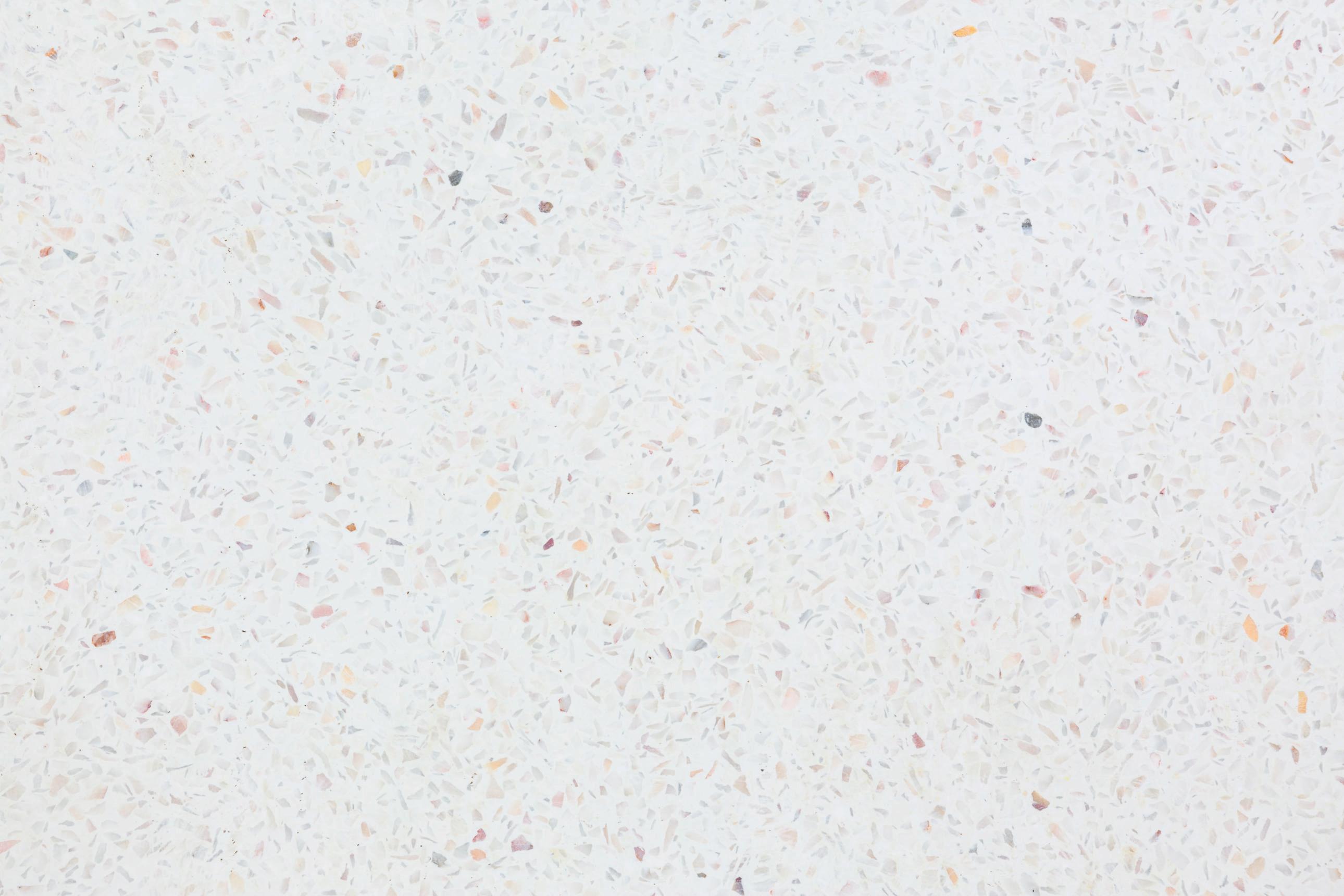
WOOD LEAVES


Collect branches and leaves of different sizes on the mountain road .

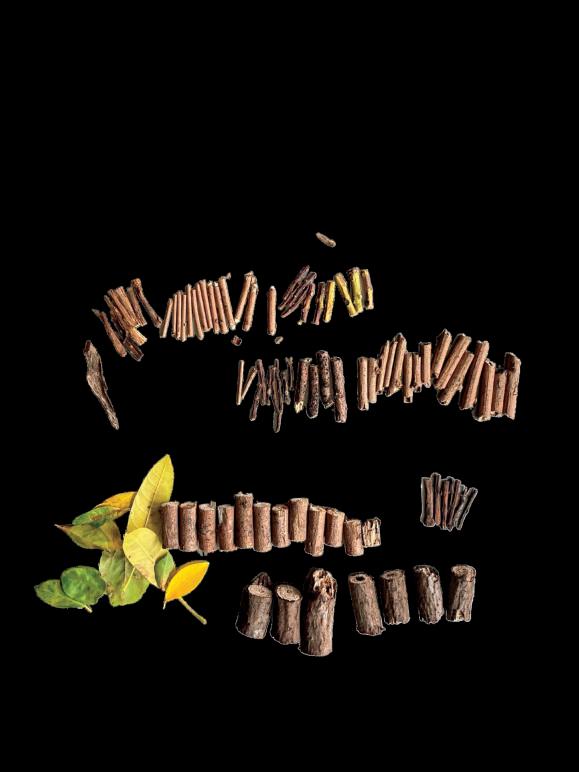
Mix the cement-sand
1 parts cement to 3 part sand, water

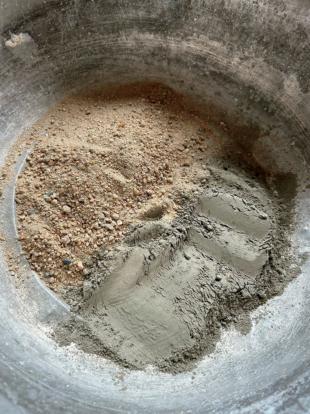

Cutting tools: handsaw, cutter knife and scissors

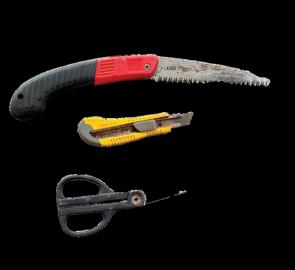
Mould Material: Marble

The advantage of using marble material: the mold is smooth and easy to demould.



Use double-sided adhesive tape to glue the mould.
Size: 10cm x 10cm x 2cm
Source of inspiration: The Champagne Building originally used tiles to pave the floor.So I chose to make floor tiles of the same size, the change of materials would not be too abrupt.
Cut the branches into small pieces of 2-5cm

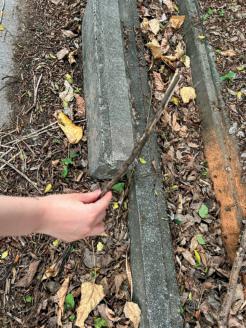
 1.Prepare the mould
1.Prepare the mould 2.Mix the cement, sand the cement,
3.Scatter mosaic glass
3.Scatter mosaic glass over the mould over the
4.Fill mould with the mix mould mix
5.Release from the 5.Release from mold after drying mold after drying
6.Grinding material
6.Grinding material
1.Prepare the mould
1.Prepare the mould 2.Mix the cement, sand the cement,
3.Scatter mosaic glass
3.Scatter mosaic glass over the mould over the
4.Fill mould with the mix mould mix
5.Release from the 5.Release from mold after drying mold after drying
6.Grinding material
6.Grinding material
CONCEPT OF TILES
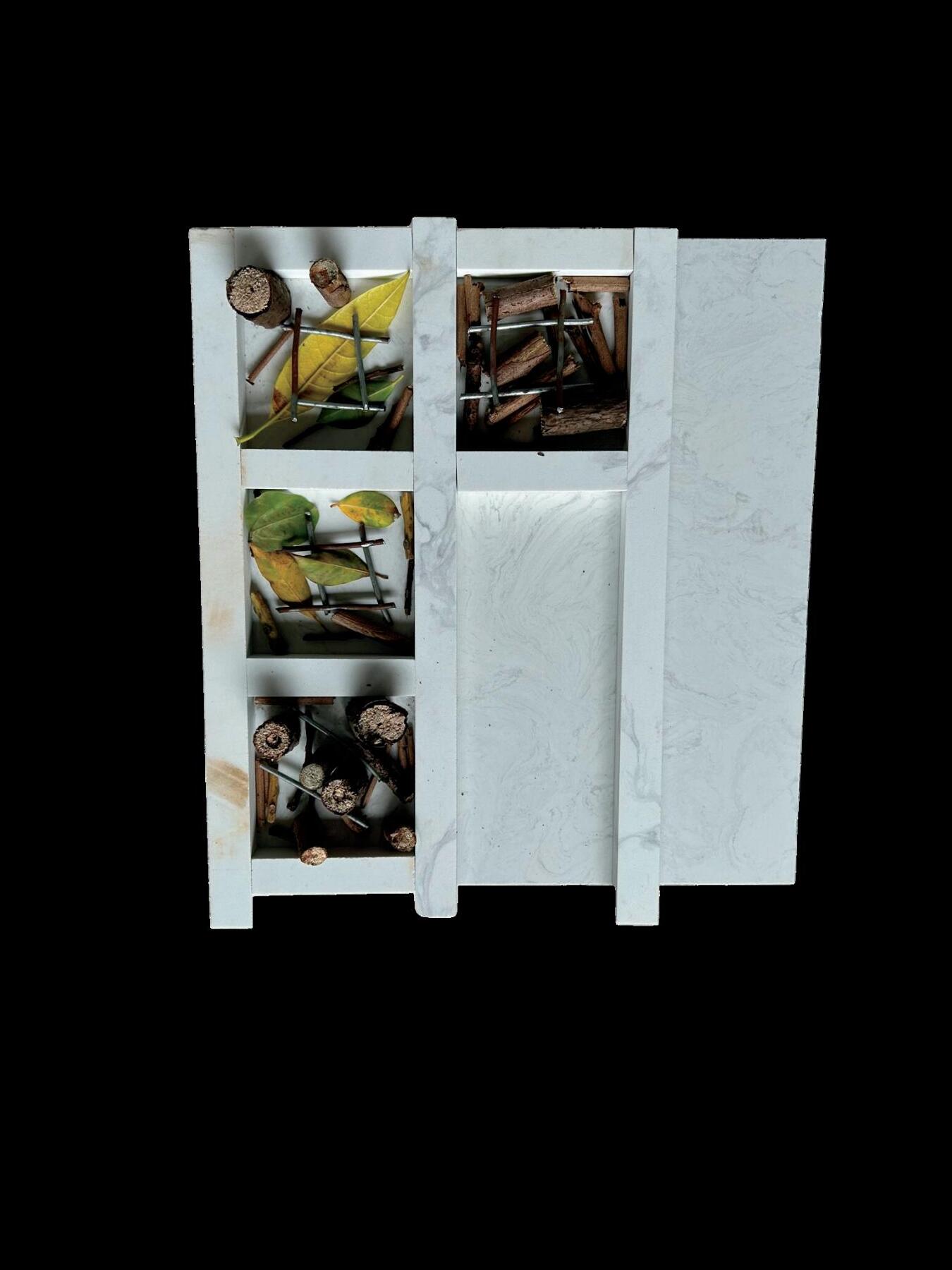


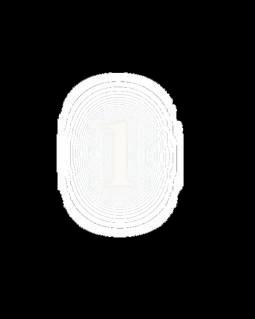
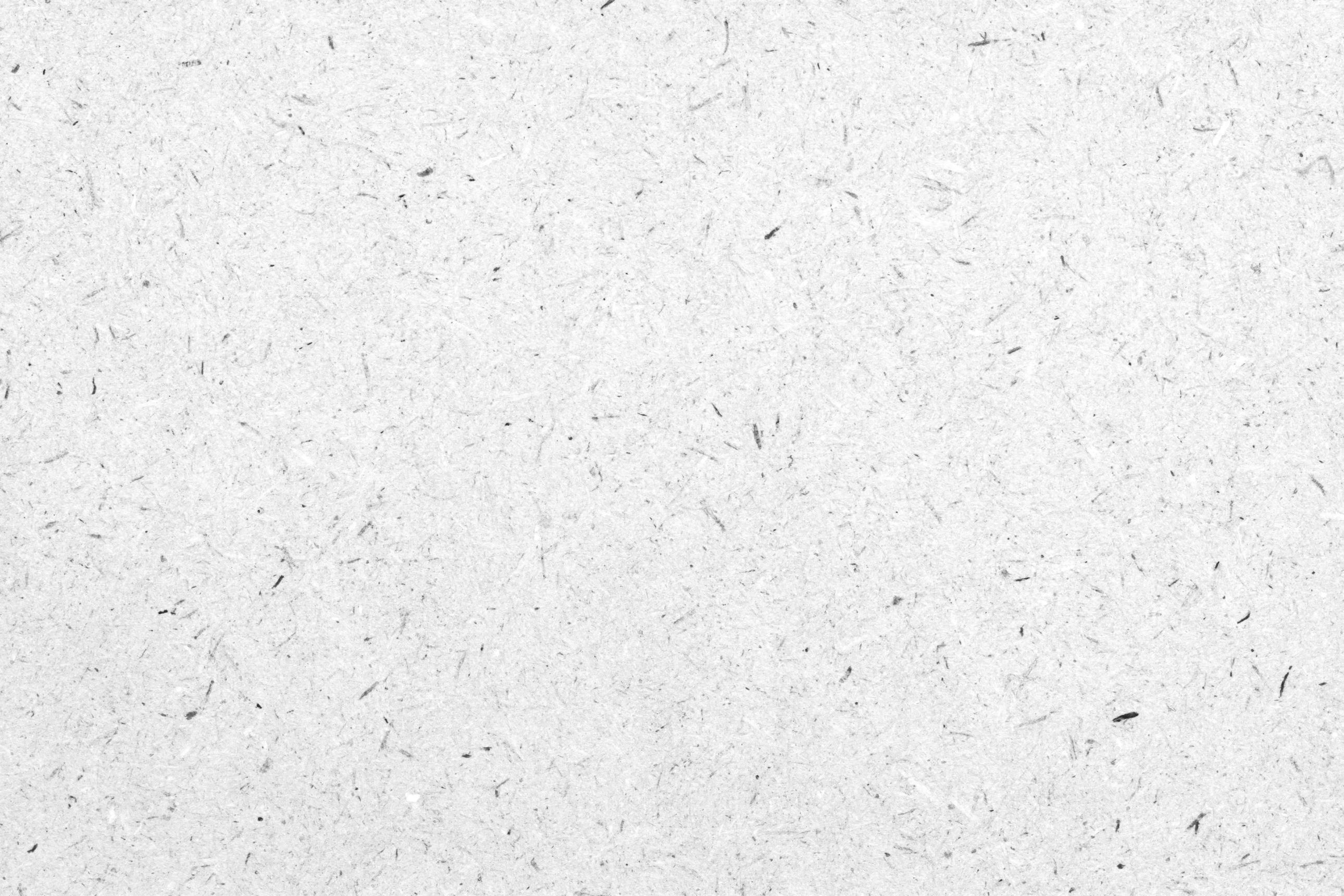
ARRANGEMENT OF STEEL BARS
No. 1 and No. 2 tiles will have leaves and wood elements, the difference lies in the number of leaves.


No. 3 and No. 4 tiles have wood elements, and the difference lies in the arrangement of wood.
Steel bars increase the stability of the cement and make the floor tiles stronger and less prone to cracking.
Exploration

Use leaves as the base, hoping to retain the texture of the leaves on the floor tiles. Add steel bars after pouring cement to increase stability. Then insert wooden bars of different sizes, hoping to be inserted into the bottom, to create a terrazzo-like pattern.
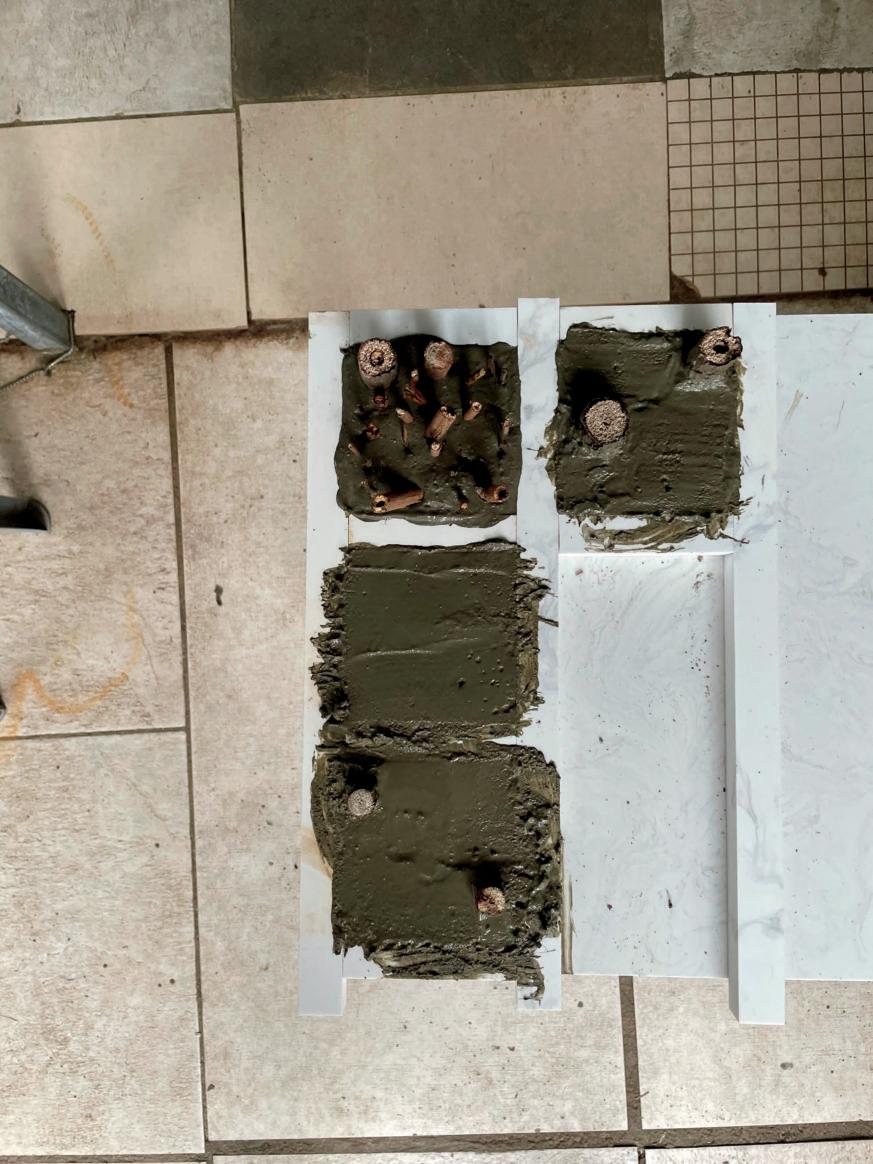






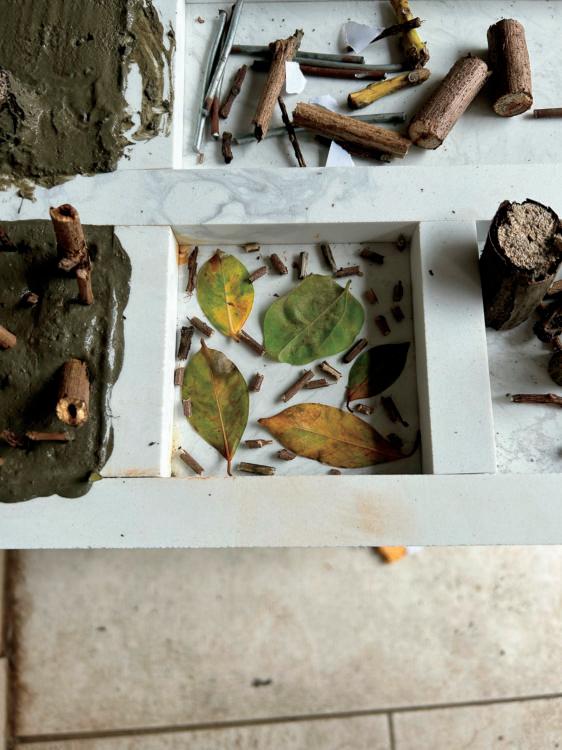

Using multiple leaves and fine wood as the base, it has a random pattern that looks like terrazzo.




Use wood of different lengths, place them vertically, and arrange them in a random pattern
In order to prevent the branches from moving, put double-sided tape on the bottom of the mold, and then lay the wood horizontally. Try an orderly pattern.

FRONT
Release from the mould after drying










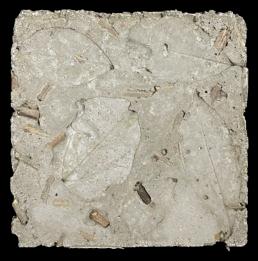



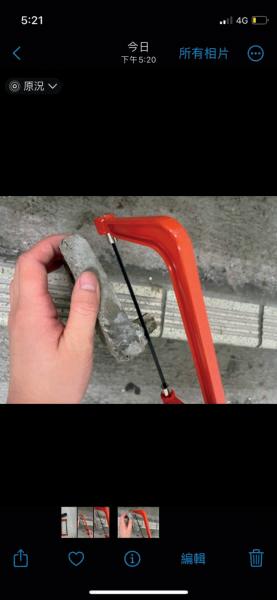




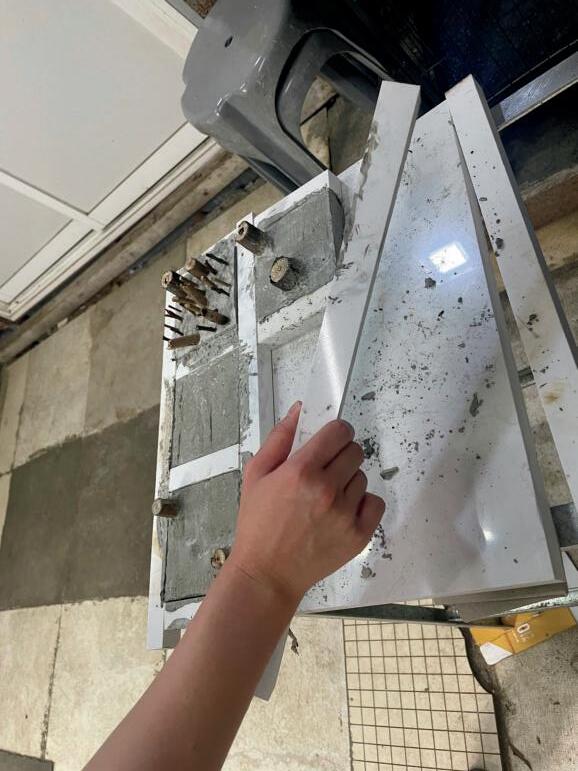
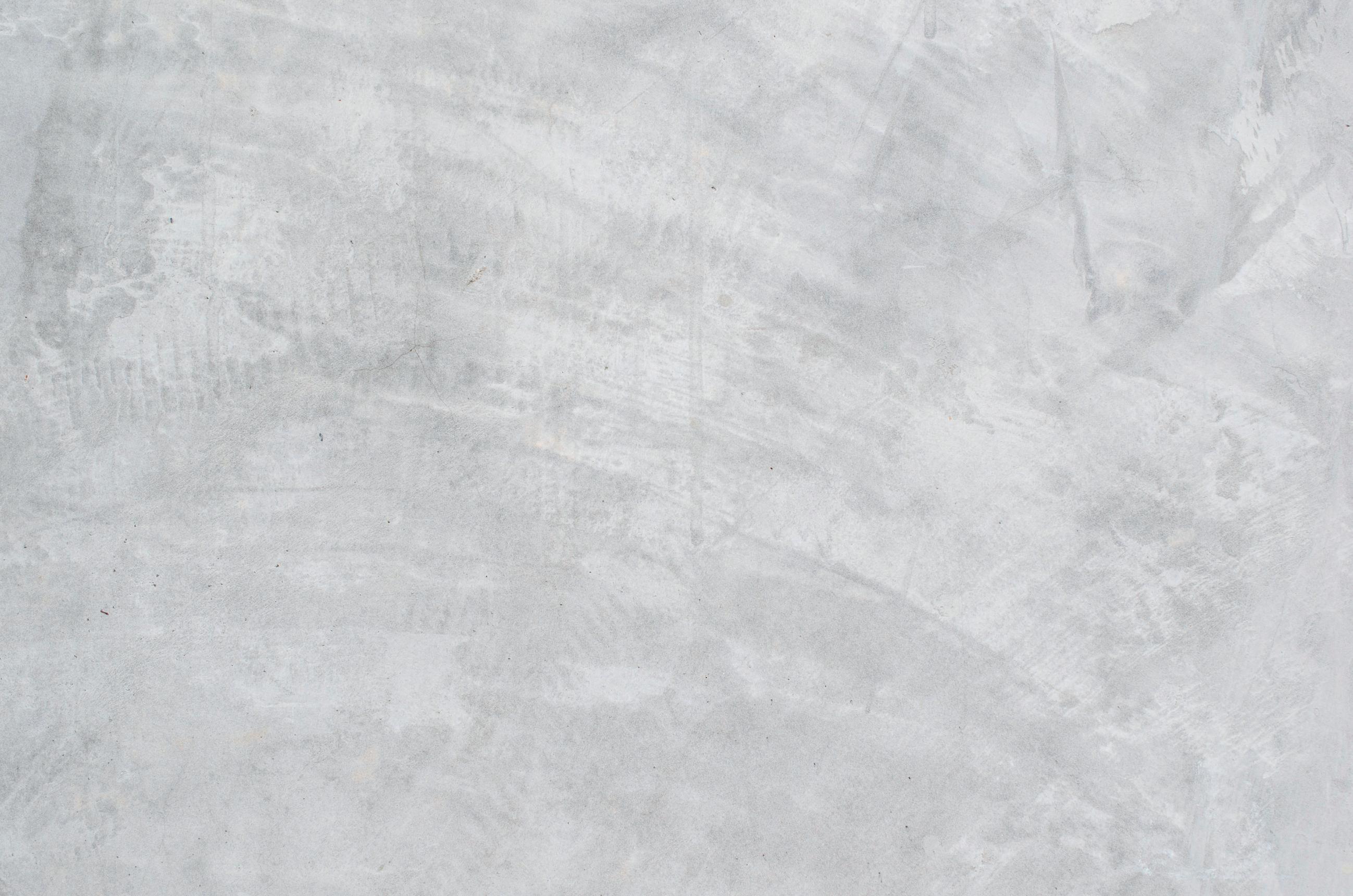 Remove leaves from tile NO.2
Sand tile NO.1 and remove the leaves.
Use a coping saw to remove the excessively long wooden on the back of the No. 3 tile
Remove leaves from tile NO.2
Sand tile NO.1 and remove the leaves.
Use a coping saw to remove the excessively long wooden on the back of the No. 3 tile
1A 1B 2A 2B 3A 3B 4A 4B
FRONT BACK
LEARN FROM EXPERIMENT
2.Water volumn: too much water will lose strength; less water is not workable.

3. Color: When there is more water, the color will be lighter (such as NO.1); when there is less water, the color of cement will be darker (such as NO.4)



When mentioning terrazzo, people always think of "random lines"; but in this exploration, No.4 lines are neatly arranged, which has become an unexpected result

After getting the result, I found the result on the back of the floor tiles is also very interesting, so I kept it; under the light, it seems to have the feeling of a forest. The back of these floor tiles may be used as a feature wall.






Changed the traditional materials used in terrazzo and used wood as raw material; and added leaf patterns on it to become a new material
In the random arrangement, the convex and concave lines are added; it is also a rare practice of terrazzo.
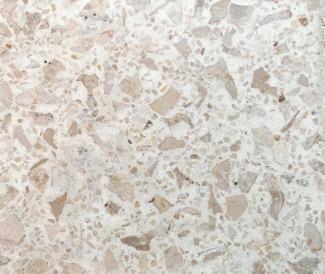
 4A
1A 2A 3A
4A
1A 2A 3A
OLD NEW
2A
1B 2B 3B 4B
SPECIFICATIONS OF MATERIAL
The diameter of the leaves used is from 4-6cm TILES 10 x 10 x2 cm

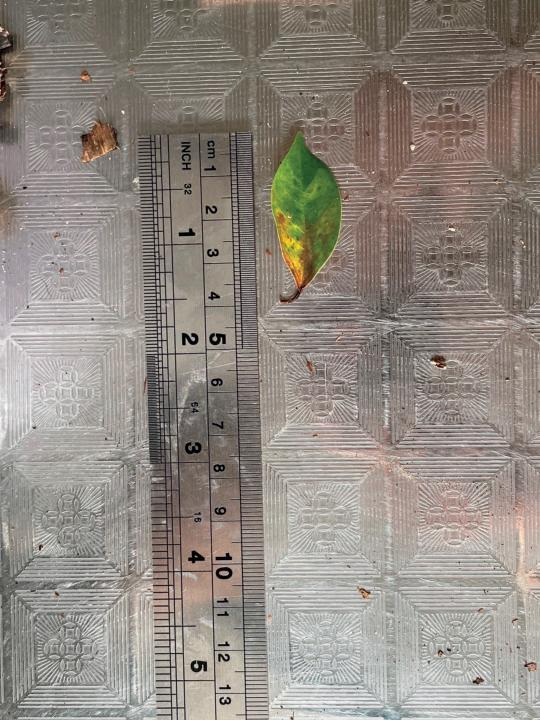

The diameter of the raw wood material used is from 0.4-3cm
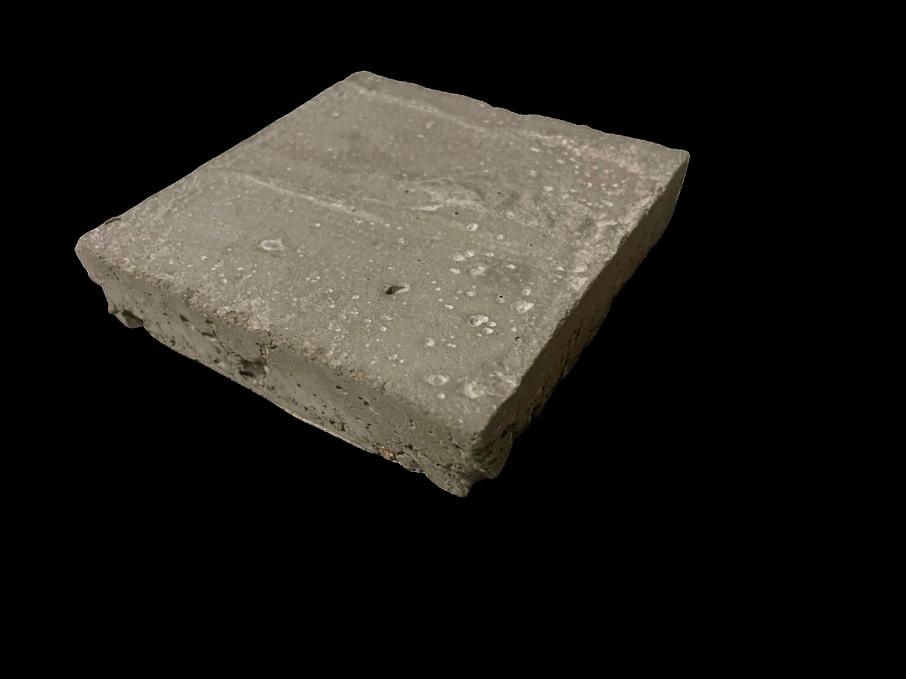

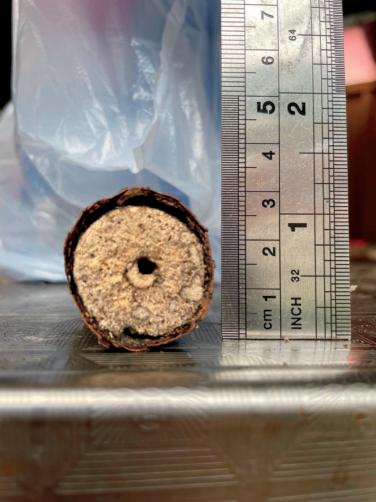





PHOTO OF MODEL

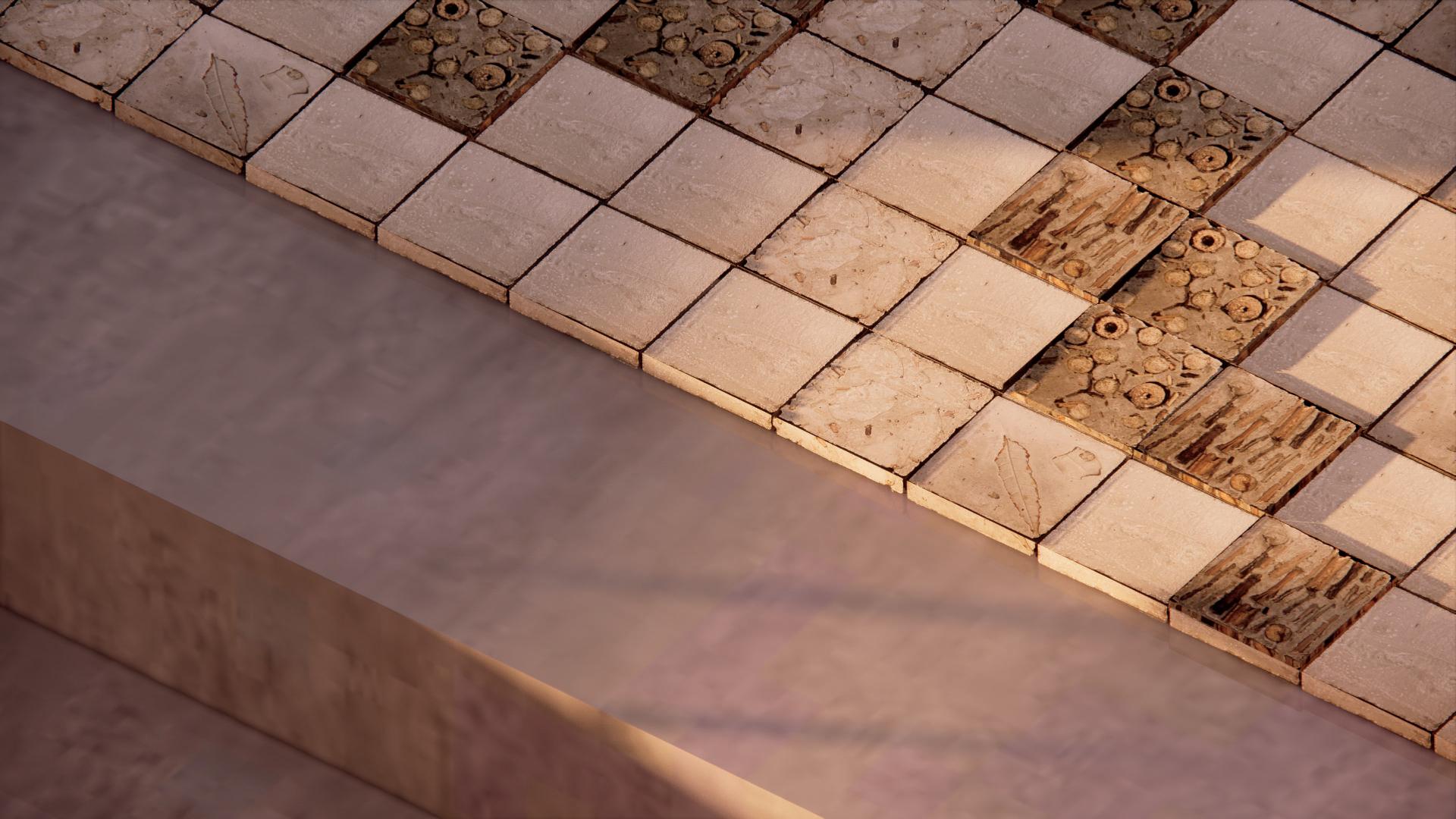
In the form of mosaics, the pattern of roots growing in the soil is spelled out, echoing the concept of "seed growth".
We chose to use this material on the stairs because it is a transition process from the first floor to the second floor, and the two floors have different characteristics. When you see the pattern of roots on the stairs, you will think of the immersive experience you just felt on the first floor, and realize that now you have to leave this area and enter the next stage, heading for "rebirth". It's like a seed growing from a root to Break through the soil and become a plant.
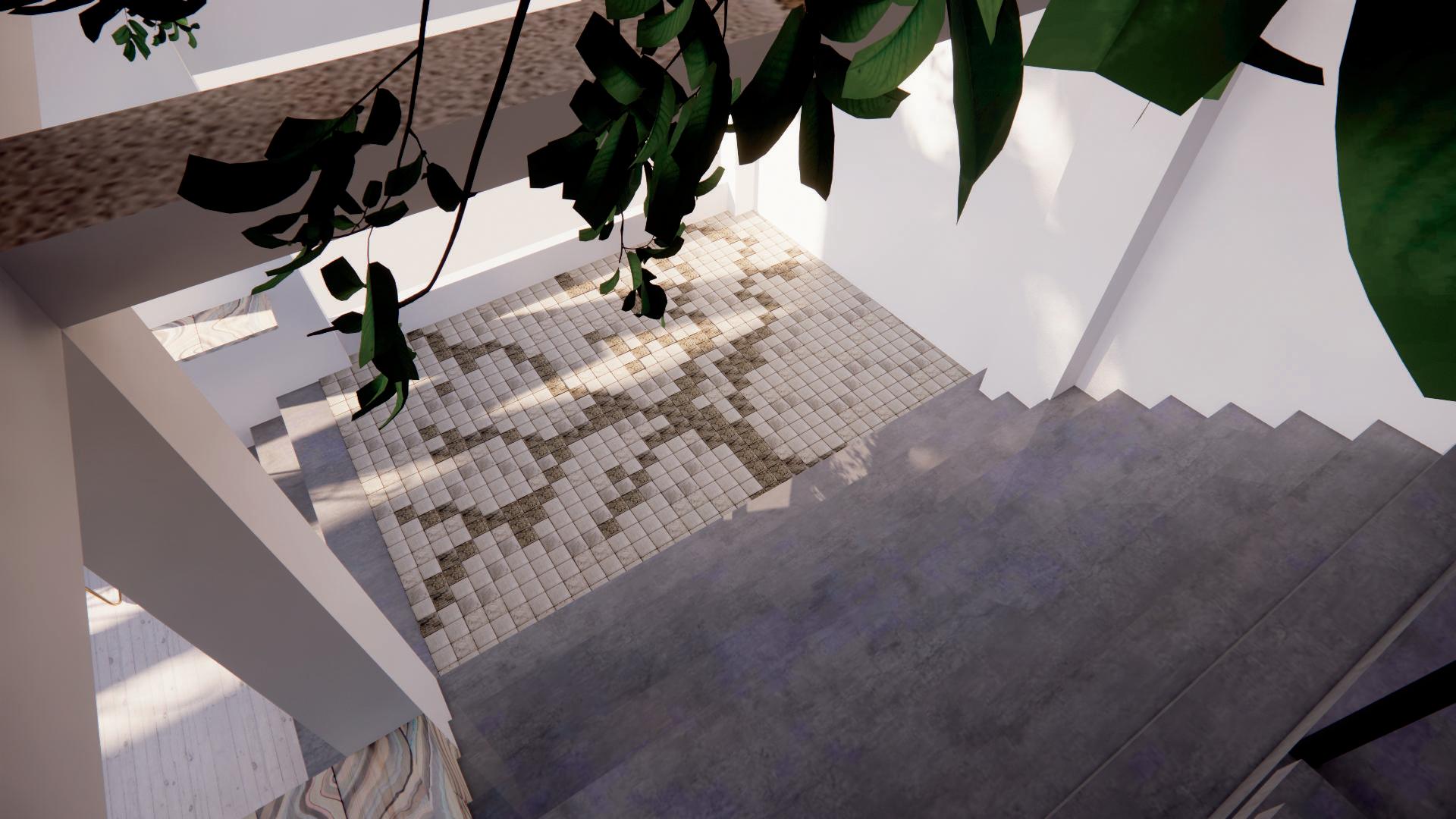
2F: SEED GROWTH
LOCATION:



PATTERN: ROOT



5.Struggle Room 6.Clam down Tunnel 7.Relax Space 8.Common Area 8.Common Area 1F 2F 3F
DESIGN DRAWING

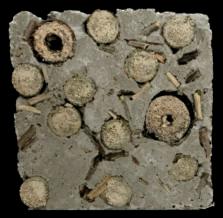

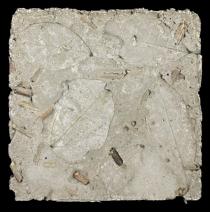



4A 3A 2B 2A 1A
1A
2A 2B
3A
4A
USER EXPERIENCE
People rest and drink coffee in the Common Area. There are many hanging installations in the public space to attract people's attention and make people want to explore higher floors. When people walk up the stairs, they will find a mosaic on thefloor.



When people stop to appreciate the floor , the process of this space will slow down, the chance of conversation between people will increase, and this space has the opportunity to promote communication.


Making Concrete Change: Innovation in Low-carbon Cement and Concrete". Chatham House. 13 June 2018.
Camila prieto. (2022, November 17). Why Is Terrazzo Considered One of the Original Sustainable Floors? ArchDaily.
https://www.archdaily.com/992093/why-is-terrazzo-considered-one-of-the-original-sustainable-floors
Pros and Cons of Terrazzo. (2022, October 4). TERRAZZCO. https://terrazzco.com/pros-cons-terrazzo/
Margot guralnick. (2021, March 19). DIY: A Homemade Terrazzo Table by Heju of Paris. Remodelista.
https://www.remodelista.com/posts/diy-terrazzo-table-by-heju/
Margot guralnick. (2021, March 19). What Is Terrazzo? Terrazzco. https://terrazzco.com/what-is-terrazzo/

Caroline banton . (2023, March 1). Raw Materials: Definition, Accounting, and Direct vs. Indirect. Investopedia.
https://www.investopedia.com/terms/r/rawmaterials.asp


























































 1.Prepare the mould
1.Prepare the mould 2.Mix the cement, sand the cement,
3.Scatter mosaic glass
3.Scatter mosaic glass over the mould over the
4.Fill mould with the mix mould mix
5.Release from the 5.Release from mold after drying mold after drying
6.Grinding material
6.Grinding material
1.Prepare the mould
1.Prepare the mould 2.Mix the cement, sand the cement,
3.Scatter mosaic glass
3.Scatter mosaic glass over the mould over the
4.Fill mould with the mix mould mix
5.Release from the 5.Release from mold after drying mold after drying
6.Grinding material
6.Grinding material








































 Remove leaves from tile NO.2
Sand tile NO.1 and remove the leaves.
Use a coping saw to remove the excessively long wooden on the back of the No. 3 tile
Remove leaves from tile NO.2
Sand tile NO.1 and remove the leaves.
Use a coping saw to remove the excessively long wooden on the back of the No. 3 tile






































